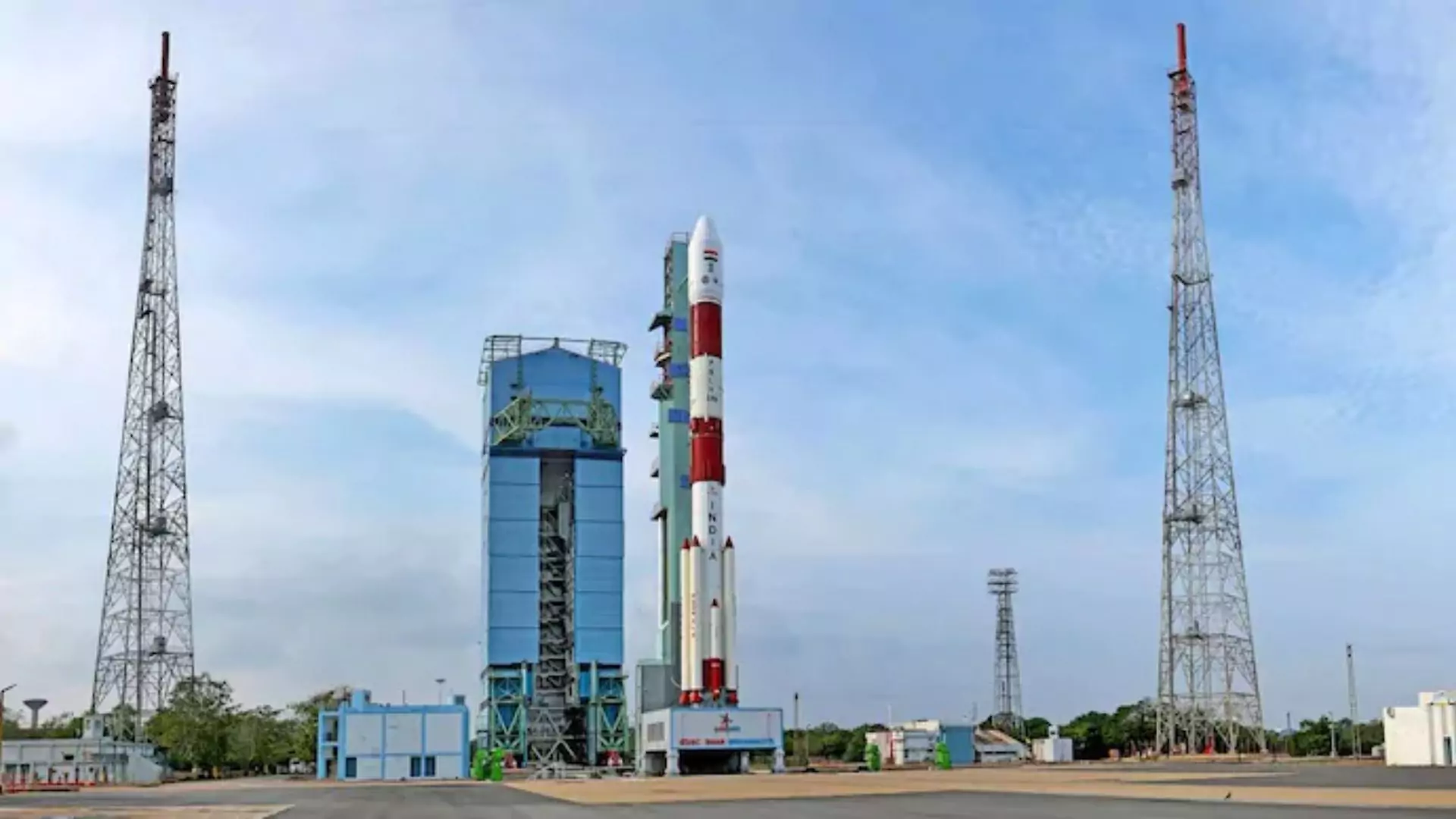The Indian Space Research Organisation (ISRO) successfully launched the European Space Agency’s (ESA) PROBA-3 satellite today. The mission used ISRO’s reliable Polar Satellite Launch Vehicle (PSLV), marking its 61st commercial flight, designated as ‘C-59.’
All about PROBA-3
PROBA-3, short for Project for Onboard Autonomy, is part of a series of scientific satellite missions by the ESA. As its name suggests, this is the third mission in the series. The satellite aims to achieve unprecedented precision in studying the Sun’s corona, the outermost layer of the Sun’s atmosphere.
The PROBA-3 mission consists of two independently controlled spacecraft:
Coronagraph Spacecraft (CSC): Weighing 310 kg.
Occulter Spacecraft (OSC): Weighing 240 kg.
Both spacecraft will operate in a highly elliptical orbit around Earth, reaching a maximum distance (apogee) of 60,500 km from the planet’s equator.
Objectives of PROBA-3
The primary scientific goal of PROBA-3 is to study the Sun’s corona with extreme precision at a distance of 1.1 solar radii, using visible light. To achieve this, the mission employs a groundbreaking “formation flying” technique.
The two spacecraft will work in tandem to form a 150-meter-long solar coronagraph. This innovative configuration involves:
Occulter Spacecraft: Casting a precise shadow on the Coronagraph’s telescope to block direct sunlight.
Coronagraph Spacecraft: Capturing detailed images of the Sun’s corona across the full electromagnetic spectrum, including visible light, ultraviolet (UV) rays, and infrared (IR) radiation.
This setup enables the imaging of the solar corona closer to the Sun’s surface than ever before, even in polarized light, which includes linear, circular, and elliptical polarizations.
New benchmark in satellite formation flying
The mission sets a new benchmark in satellite formation flying. The two spacecraft will autonomously maintain their relative positions with millimeter and arc-second precision at distances of 150 meters for up to six hours per orbit. With a total orbital period of 19 hours and 36 minutes, this formation essentially functions as a virtual giant satellite, demonstrating world-first autonomous technology.
Now that the satellites are successfully in orbit, ESA will conduct a short preparatory period to ensure operational safety. Key safety tests include:
Collision Maneuver Test: Ensuring the two satellites can fly in close proximity without risk.
Safe Relative Orbit Placement: Establishing a secure tandem orbit to prevent collisions or separation.
Once these tests are complete, the satellites will consistently perform rendezvous, proximity operations, formation flying, coronagraph observations, and other complex maneuvers in every orbit.
A ‘laboratory in space’
ESA describes PROBA-3 as a “laboratory in space,” designed to validate advanced technologies, including:
Guidance, Navigation, and Control (GNC) Algorithms: Testing previously trialed in ground simulators.
Relative GPS Navigation: Enabling precise positioning and operations.
PROBA-3 is not only a milestone in solar research but also a significant advancement in satellite formation flying and autonomous operations. ESA’s ambitious mission, launched successfully by ISRO, underscores the growing collaboration between global space agencies in pushing the boundaries of scientific discovery and technology.
As ESA prepares to begin observations, PROBA-3 promises groundbreaking insights into solar science and valuable contributions to the future of space exploration.
Also Read: Proba-3: ISRO Mission Successfully Places European Sun-Observation Satellites In Orbit
















